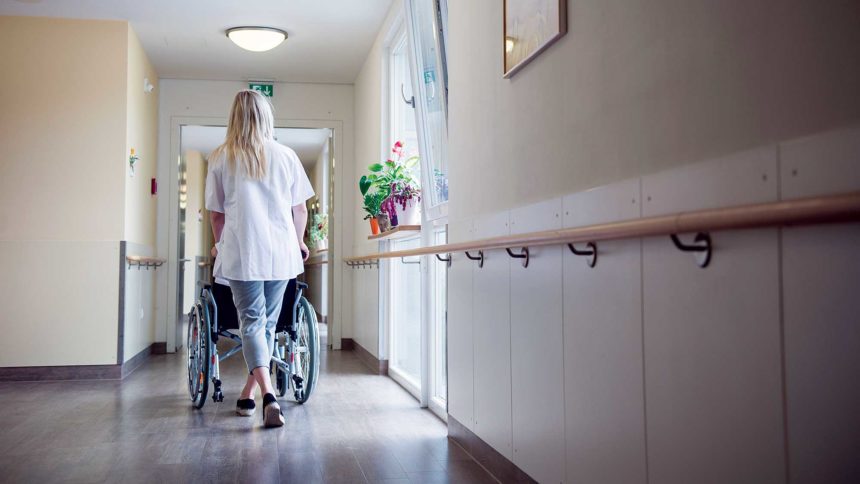
Older adults who are eligible for both Medicare and Medicaid are more likely to wind up in low-quality skilled nursing facilities, and their education and distance from quality skilled nursing facilities are key reasons why.
That’s according to a new analysis, published Monday in the Journal of Applied Gerontology. However, the solution for SNFs is not necessarily just to invest in formal education or relocate high-quality facilities into areas where dual-eligible beneficiaries live. Rather, experts said that leaders must work to better disseminate information on high-quality care options to duals, and to improve lagging nursing homes in low-income areas.

“More interactions among nursing home leaders from both high-quality and low-quality facilities can help identify ways to improve low-quality facilities in poorer neighborhoods,” lead author Hari Sharma, Ph.D., an assistant professor in the University of Iowa’s Department of Health Management and Policy, told McKnight’s on Thursday.
Sharma and colleagues reached their conclusions based on nursing home quality data from 2009 — the first year after Five-Star ratings were made public, before facilities had a chance to substantially improve scores (by 2011, a large proportion of SNFs were rated as four or five stars, authors wrote). They found that duals were 9.7 percentage points more likely than non-duals to be admitted to a SNF rated as one or two stars (50.7% compared to 40.9% for non-duals).
Authors note that healthcare leaders must find ways to address those additional factors that contribute to disparity. For instance, hospitals might work to steer duals to high quality nursing homes, Sharma said. Another important takeaway for SNF leaders from the study is the need to form partnerships with legislators to help eradicate inequalities.
“Our research highlights the need to invest more resources to improve existing low-quality nursing homes in areas that do not have many alternatives,” the author said. “Since investment of additional resources requires the commitment from both policymakers and nursing home leaders, it is imperative that both sides actively work together to improve existing low-quality nursing homes.”




